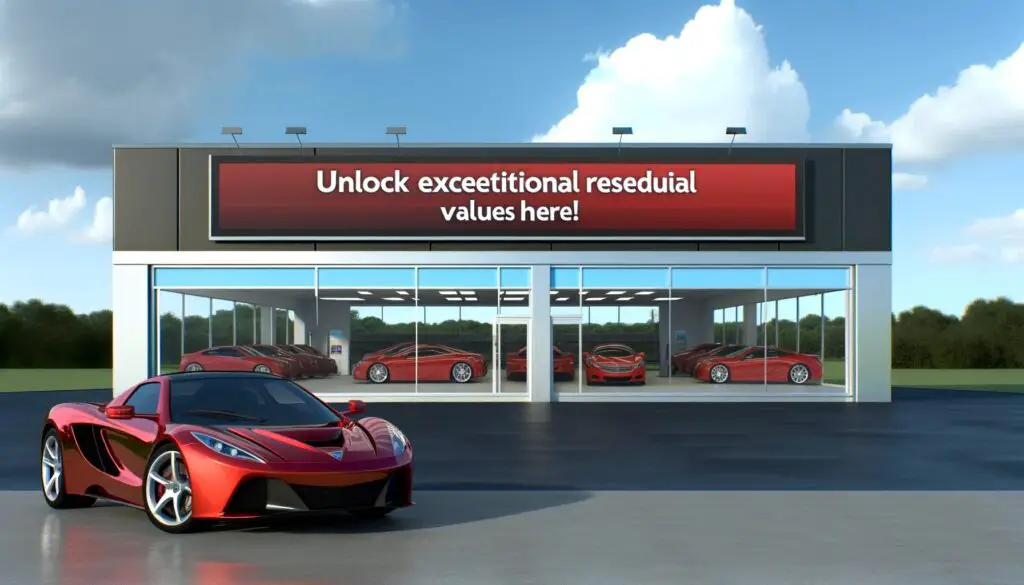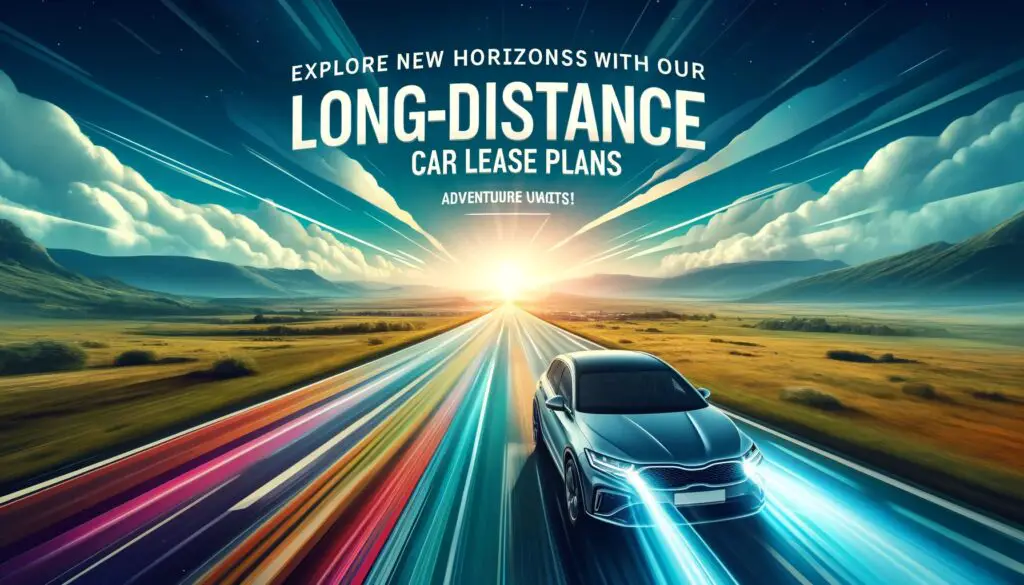In the heart of the American South, the state of Georgia faces a pressing need for transportation assistance, especially among low-income families. The importance of owning a car cannot be overstated in a state known for its sprawling landscapes and limited public transportation options. In this comprehensive guide, we will delve into the world of free car programs in Georgia, helping you understand the basics, explore various options, and equip you with valuable tips to navigate the often challenging process of securing a free car.
Understanding the Basics
What qualifies as a low-income family in Georgia?
To access free car programs, it’s crucial to understand the criteria for low-income qualification in Georgia. Generally, eligibility is determined based on factors such as household income, family size, and federal poverty guidelines. Specific programs may have varying income thresholds, so it’s essential to research each one individually.
General challenges faced by low-income families in obtaining transportation
Low-income families often encounter significant obstacles when it comes to securing reliable transportation. These challenges can include limited access to public transportation, inadequate financial resources to purchase a vehicle, and the absence of credit history required for traditional car loans.
Comprehensive Guide to Free Car Programs
Free Charity Cars in Augusta
Free Charity Cars is an exceptional nonprofit organization that plays a pivotal role in transforming the lives of low-income families in Augusta, Georgia. Their mission is simple yet profound: to provide donated vehicles to individuals and families who are in dire need of reliable transportation. This organization is not just about handing over car keys; it’s about restoring hope, self-sufficiency, and the ability to navigate life’s challenges with dignity.
The Application Process
Applying for a free car through Free Charity Cars is an opportunity to share your unique story and articulate how owning a vehicle would make a substantial difference in your life. Here’s an overview of the application process:
- Initial Inquiry: Begin by expressing your interest in receiving a free car from Free Charity Cars. You can typically initiate this process through their website or by contacting them directly.
- Storytelling: This is a critical aspect of the application process. Be prepared to share your personal story. Explain your circumstances, emphasizing how the absence of reliable transportation has affected your life and the lives of your family members.
- Demonstrate Need: Make a compelling case for why you need a car. Highlight how it would positively impact your daily life, including access to employment, medical appointments, educational opportunities, and overall self-sufficiency.
- Financial Information: Be prepared to provide financial information to demonstrate your low-income status. This may include proof of income, employment status, and other relevant documents.
- Supporting Documentation: Include any supporting documents that strengthen your application, such as letters of recommendation, testimonials, or references from community organizations.
- Application Review: Your application will undergo a thorough review by Free Charity Cars. They assess each application with care and consideration, understanding the unique challenges faced by low-income families.
- Patience and Perseverance: Understand that there may be a waiting period as Free Charity Cars evaluates applications and determines vehicle availability. Patience and perseverance are essential during this stage.
The Impact
Receiving a donated vehicle from Free Charity Cars can be life-changing. It goes beyond the practical benefits of having a car; it symbolizes a fresh start, renewed opportunities, and a path towards self-reliance. Here are some of the profound ways in which owning a vehicle can positively impact the lives of recipients:
- Employment: Access to reliable transportation can open up new job opportunities, expand employment options, and increase earning potential.
- Education: It enables individuals to pursue higher education, attend classes, and access resources they may not have reached otherwise.
- Medical Care: Owning a car ensures timely access to medical appointments, improving overall health outcomes.
- Family and Community Engagement: Families can more actively participate in community events, children’s extracurricular activities, and social gatherings.
- Independence: A vehicle grants individuals the freedom to move about independently, reducing reliance on others for transportation.
Wheels to Work Program: Beyond Car Provision
The Wheels to Work Program is a remarkable initiative that primarily focuses on providing cars to eligible individuals, but it goes above and beyond by offering a range of additional services that are designed to ensure recipients are well-prepared for car ownership. Here’s an in-depth look at the services offered by the program:
Driver Education
One of the essential services provided by the Wheels to Work Program is driver education. Recognizing that some recipients may not have had the opportunity to obtain a driver’s license or lack experience behind the wheel, the program offers comprehensive driver education courses. These courses cover everything from the basics of operating a vehicle to safe driving practices and road rules.
Driver education not only enhances the recipient’s ability to drive safely but also boosts their confidence on the road. This service is particularly valuable for individuals who may have never owned a car before.
Financial Literacy Programs
Financial literacy is a crucial aspect of car ownership that can often be overlooked. The Wheels to Work Program understands the importance of financial responsibility when it comes to owning and maintaining a vehicle. To address this, they offer financial literacy programs that provide recipients with the knowledge and skills needed to manage the costs associated with car ownership effectively.
These programs typically cover topics such as budgeting for car expenses, understanding auto insurance, and planning for routine maintenance and unexpected repairs. By equipping recipients with financial literacy, the program aims to ensure that owning a car does not lead to unforeseen financial hardships.
Eligibility and Application
To benefit from the Wheels to Work Program and its comprehensive services, it’s essential to understand the eligibility criteria and the application process. Here’s what you need to know:
Eligibility Criteria
The Wheels to Work Program typically has specific income and employment criteria that applicants must meet to qualify. While the exact requirements may vary by location and program, common eligibility factors include:
- Income Level: Applicants often need to demonstrate that their income falls below a certain threshold, indicating financial need.
- Employment Status: Some programs require that applicants are employed or actively seeking employment. This requirement aligns with the program’s goal of promoting self-sufficiency.
- Valid Driver’s License: Depending on the program, having or working toward a valid driver’s license may be a requirement.
Application Process
The application process for the Wheels to Work Program usually involves several steps:
- Initial Inquiry: Start by expressing your interest in the program, either through their website or by contacting program administrators directly.
- Documentation: Be prepared to submit documentation that verifies your eligibility, such as proof of income, employment status, and driver’s license information.
- Compelling Statement: Craft a compelling statement that explains why owning a car through the program would significantly improve your life and self-sufficiency. Share your unique story and emphasize how the program’s services align with your needs.
- Review and Evaluation: Your application will undergo a thorough review and evaluation by program administrators. They will assess your eligibility and the strength of your case.
- Notification: If your application is approved, you will receive notification from the program regarding your acceptance and the next steps, which may include participation in driver education and financial literacy programs.
Georgia Department of Human Services: Supporting Transportation Needs
The Georgia Department of Human Services (DHS) plays a pivotal role in enhancing the quality of life for low-income families across the state. Recognizing the essential role that reliable transportation plays in daily life, DHS offers a range of transportation assistance programs designed to address the unique needs of vulnerable populations.
Financial Assistance for Car Repairs
One of the standout features of the DHS transportation assistance programs is their provision of financial support for car repairs. For low-income families, unexpected car breakdowns or necessary repairs can quickly become financial crises. This assistance program steps in to help eligible individuals and families cover the costs of repairing their vehicles, ensuring that they can continue to access employment, education, healthcare, and essential services.
The program typically works by evaluating the applicant’s financial situation and assessing the severity of the vehicle repair needs. Once approved, eligible individuals receive financial aid to address the repair issues, restoring their mobility and self-sufficiency.
Broad Spectrum of Services
Beyond the specific support for car repairs, the Georgia Department of Human Services offers a broad spectrum of services aimed at aiding low-income families with their transportation needs. These services include:
- Transportation Vouchers: In some cases, DHS provides transportation vouchers that can be used for public transportation, ensuring that individuals have access to buses, trains, and other forms of transit.
- Carpooling and Rideshare Programs: DHS often partners with local carpooling and rideshare initiatives to help individuals find cost-effective and sustainable ways to get around.
- Education and Counseling: The department also offers education and counseling services to help families manage their transportation-related expenses effectively. This includes budgeting for fuel, maintenance, and insurance.
- Referrals to Community Resources: DHS serves as a valuable resource hub, connecting individuals and families to other local programs and services that can further support their transportation needs.
Exploring DHS Services
To benefit from the transportation assistance programs offered by the Georgia Department of Human Services, individuals and families are encouraged to explore their website thoroughly. Here’s how you can get started:
- Visit the DHS Website: Begin by visiting the official Georgia Department of Human Services website. It’s a comprehensive resource for understanding the various programs and services available.
- Browse Transportation Assistance: Look specifically for the transportation assistance section, which should provide detailed information about the programs in place.
- Eligibility Criteria: Review the eligibility criteria for each program to determine which one aligns with your needs and circumstances.
- Application Process: Follow the application guidelines outlined on the website. Be prepared to provide necessary documentation and information to support your application.
- Contact DHS: If you have questions or need further assistance, don’t hesitate to contact the department directly. They often have dedicated staff members who can guide you through the process.
Community Initiatives
Community Car Sharing Programs
In addition to traditional free car programs, consider exploring innovative community car-sharing initiatives like Turo and Zipcar. These platforms provide access to vehicles on a pay-per-use basis, offering flexibility for occasional car users without the burden of ownership.
Frequently Asked Questions
What Documents Are Required for Applying?
Typically, when applying for free car programs, you will need to provide the following documents:
- Proof of Income: This can include pay stubs, tax returns, or other documentation that demonstrates your financial need.
- Identification: A valid driver’s license or state ID is often required for identification purposes.
- Employment Records: You may be asked to provide records that verify your employment status, such as a letter from your employer or recent pay stubs.
- Compelling Statement: Most applications will request a compelling statement or essay explaining your need for a free car. This statement should outline your current transportation challenges and how receiving a free car would positively impact your life.
How Long Does the Application Process Take?
The duration of the application process can vary significantly depending on the specific free car program you apply to. It’s essential to be prepared for potential wait times, as some programs may have extensive waiting lists. However, it’s crucial to stay patient and persistent throughout the process, as opportunities can arise even after a period of waiting.
Are There Programs for Specific Demographics (e.g., veterans, single parents)?
Yes, there are free car programs tailored to specific demographics. Some programs focus on assisting veterans, single parents, or other specific groups facing unique transportation challenges. To improve your chances of finding a program that aligns with your situation, conduct thorough research and explore programs designed to support your demographic.
What Happens If I Am Not Eligible for Free Car Programs?
If you do not meet the eligibility criteria for free car programs, there are alternative transportation options to consider:
- Public Transit: Utilize public transportation options available in your area, such as buses or trains.
- Carpooling: Join or organize a carpool with coworkers or friends to share transportation costs.
- Credit Assistance Programs: Explore credit assistance programs or financing options designed to help individuals with poor credit secure a vehicle.
Can I Get Assistance with Car Insurance and Maintenance?
Some free car programs may offer additional assistance with car insurance and maintenance costs. However, the availability of such assistance can vary from program to program. To determine whether these services are offered, it’s advisable to check with the specific program administrators and inquire about the support they provide beyond vehicle donation.
Conclusion
In conclusion, the journey towards empowerment through free car programs in Georgia is filled with opportunities and challenges. By understanding the basics, exploring various options, and persevering through the application process, you can significantly improve your chances of securing a vehicle that will transform your life.
Additional Resources and Contacts
For a comprehensive list of organizations and contact information related to free car programs in Georgia, please refer to our resource section at link .
About the Author
Our team of experts in social welfare topics has compiled this invaluable guide to empower individuals and families in Georgia to access reliable transportation. With a shared commitment to improving lives, we strive to provide the knowledge and support needed to overcome transportation barriers.
We are dedicated to helping those in need achieve greater self-reliance and independence through accessible transportation options and resources. Our collective expertise in social welfare issues drives us to create informative content that equips readers with the tools they need to navigate the challenges of transportation assistance.
For any inquiries or additional information, please feel free to contact us at [ConsumerAuto.us].
Thank you for entrusting us with your transportation needs.





